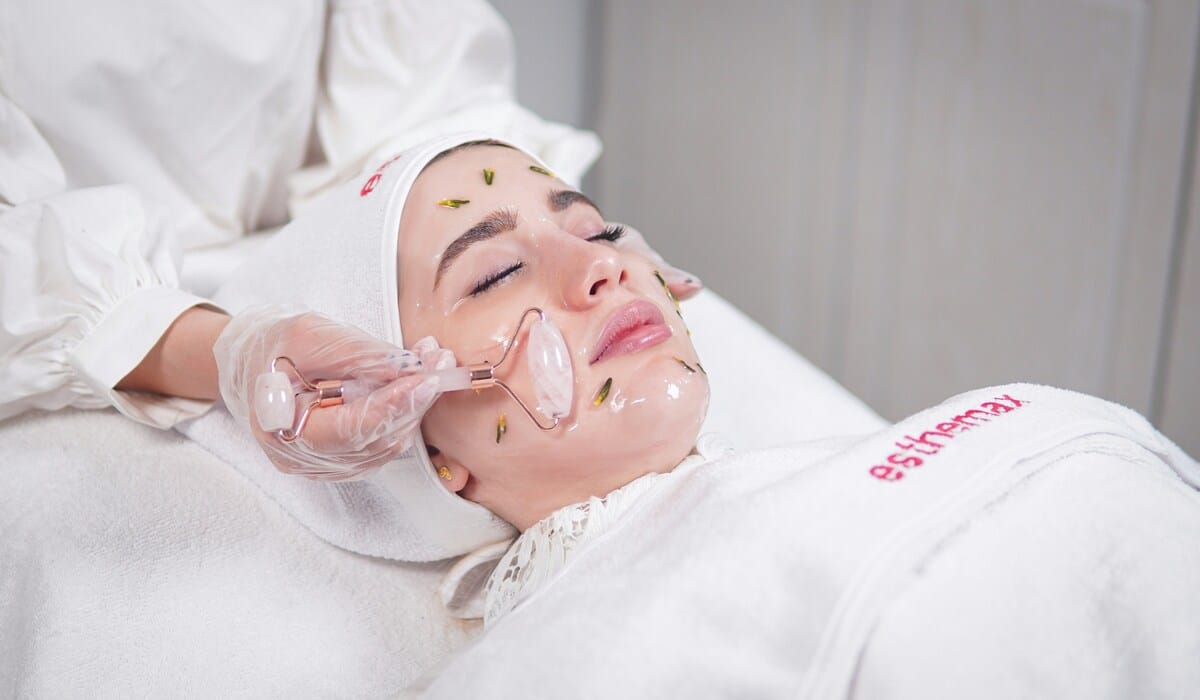Table of Contents
When it comes to skincare, finding the right products can feel like navigating a maze, especially if your skin tends to break out at the drop of a hat. Exfoliation is one of those steps that can be a game-changer—if done right. But with so many options out there, how do you choose the best exfoliator for your acne-prone skin? Let’s break it down.
The Science Behind Exfoliation: Why Your Skin Needs It
Exfoliation is more than just scrubbing away dead skin cells. It’s about keeping your skin fresh, clear, and ready to take on the world. Our skin will shed its dead cells naturally, but sometimes they don’t fall off as quickly as we’d like, leading to clogged pores, dullness, and, yes, breakouts. This is where exfoliation steps in. By helping to remove that top layer of dead skin, exfoliators can unclog pores, smooth out rough patches, and even help your other skincare products work better.
But here’s the catch: not all exfoliators are created equal, and for acne-prone skin, picking the wrong one can do more harm than good. That’s why understanding your skin’s needs and the different types of exfoliators available is key to making the right choice.
Chemical vs. Physical: The Exfoliator Debate
When you’re hunting for an exfoliator for acne-prone skin, you’ll notice two main types: chemical and physical. Each has its pros and cons, and what works best for you will depend on your skin’s unique needs.
Physical exfoliators include scrubs with tiny grains or brushes that manually slough off dead skin cells. While they can be satisfying to use, they might not be the best option if your skin is sensitive or prone to breakouts. Over-exfoliating with a physical scrub can irritate the skin, potentially leading to more acne.
On the flip side, chemical exfoliators use ingredients like alpha hydroxy acids (AHAs), beta hydroxy acids (BHAs), or enzymes to dissolve your skin’s dead cells without the need for scrubbing. These can be gentler and more effective for acne-prone skin, as they not only clear away dead skin but also penetrate the pores to prevent future breakouts.
When selecting an exfoliator for acne-prone skin, it’s essential to consider your skin’s tolerance and choose a product that balances effectiveness with gentleness. BHAs like salicylic acid are particularly popular for acne-prone skin because they are oil-soluble, meaning they can dive deep into your pores, clearing out excess oil and debris.
What to Look for in an Acne-Friendly Exfoliator
Now that you’re familiar with the types of exfoliators let’s dive into what makes a product suitable for acne-prone skin. The most important thing to look for is a formula that’s both effective and gentle. You want something that will clear your skin without stripping it of its natural oils or causing irritation.
Ingredients are key. Look for exfoliators with salicylic acid, which helps to clear pores and reduce inflammation. Glycolic acid, an AHA, can also be beneficial for resurfacing the skin and improving texture without being too harsh. Avoid products with large, rough particles that can create micro-tears in the skin, leading to irritation and more breakouts.
Another factor to consider is the frequency of use. Even the best exfoliator can cause problems if you use it too often. Start slow—once or twice a week—and see how your skin responds before upping the frequency. Your goal should be smoother, clearer skin without any added redness or sensitivity.
Finally, don’t forget that your diet and lifestyle play a big role in your skin’s health. Incorporating supplements for skincare like Biotin can support your skin from the inside out, complementing the benefits of your exfoliating routine.
The Power of Consistency: Why Less is More
One of the biggest mistakes people make with exfoliation is thinking that more is better. The truth is that over-exfoliating can be just as damaging as not exfoliating at all, especially for acne-prone skin. When you overdo it, you risk stripping away too much of your skin’s natural barrier, leading to increased sensitivity, redness, and—ironically—more breakouts.
Consistency is key. Stick to a routine that your skin can handle. Start with a chemical exfoliator once a week and gradually increase to two or three times if your skin can tolerate it. Always pay attention to how your skin reacts. If you notice any irritation, scaling back is crucial. It’s all about finding that sweet spot where your skin is getting the benefits of exfoliation without any of the downsides.
And remember, exfoliation isn’t just about what you do; it’s also about what you avoid. Be wary of combining too many active ingredients, like using retinoids and exfoliants at the same time, which can overwhelm your skin. Instead, give your skin time to recover between active treatments.
Achieving That Clear-Skin Glow
Choosing the right exfoliator for your acne-prone skin can be a game-changer in your skincare routine. By understanding the difference between chemical and physical exfoliants, paying attention to ingredients, and being consistent yet gentle with your application, you’re setting your skin up for success. Remember, skincare is a journey, and sometimes, it takes a little trial and error to find what works best for you. Stick with it, and that clear-skin glow will be yours in no time.


